No Water in the West
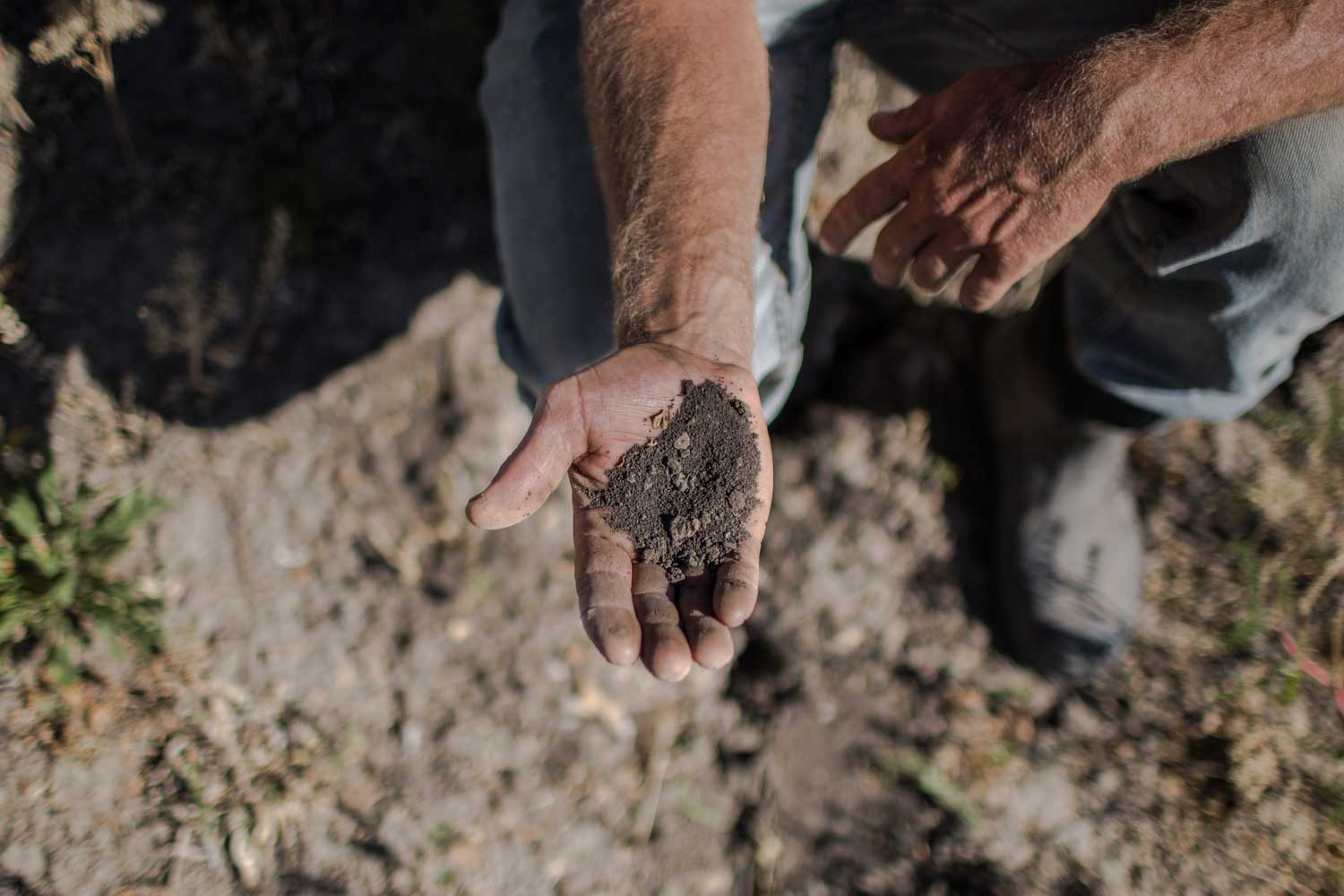
No Water In The West
Photography and Words by Eva Verbeeck
“I often have no idea what I am doing!” Tyler laughs. It’s a hot day in Manchos, Colorado on Green Table Farm. Tyler and Kendra are first generation young farmers. Being a young farmer can definitely be challenging. They have high land prices, it’s difficult to access capital, and often have to pay off their student loan debt. However, in the West there is an additional barrier: water access.


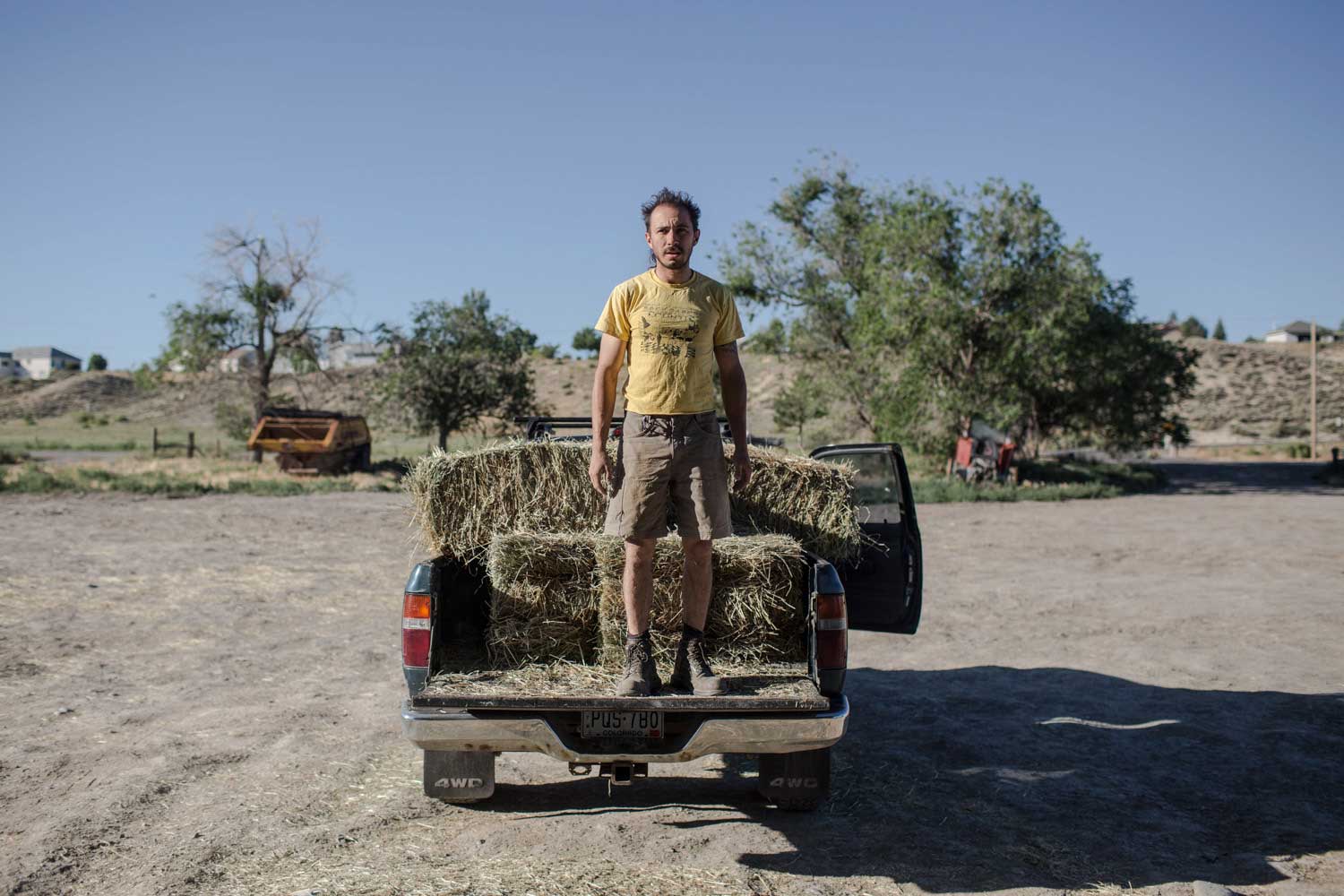
The western part of the United States is in the midst of a growing water crisis. Climate change, extended drought, and booming population in urban areas are increasing demand for food and fresh water. The Colorado River Basin is a seven state region that produces around 85% of the U.S. winter produce. Yet, the demand for water is expected to significantly outpace supply by 2060 (1). These findings are alarming.
Tyler and Kendra had been looking for land all over the United States. Eventually they found it in Manchos, Colorado. Their property is beautiful, but, even more importantly, the property has water rights (2). “A perfect spot to build our future in a dry region!” Tyler explains. Most of us have not heard about water rights or do not have to worry about them. However, in these parts of the United States, accessing water means accessing land with water rights.
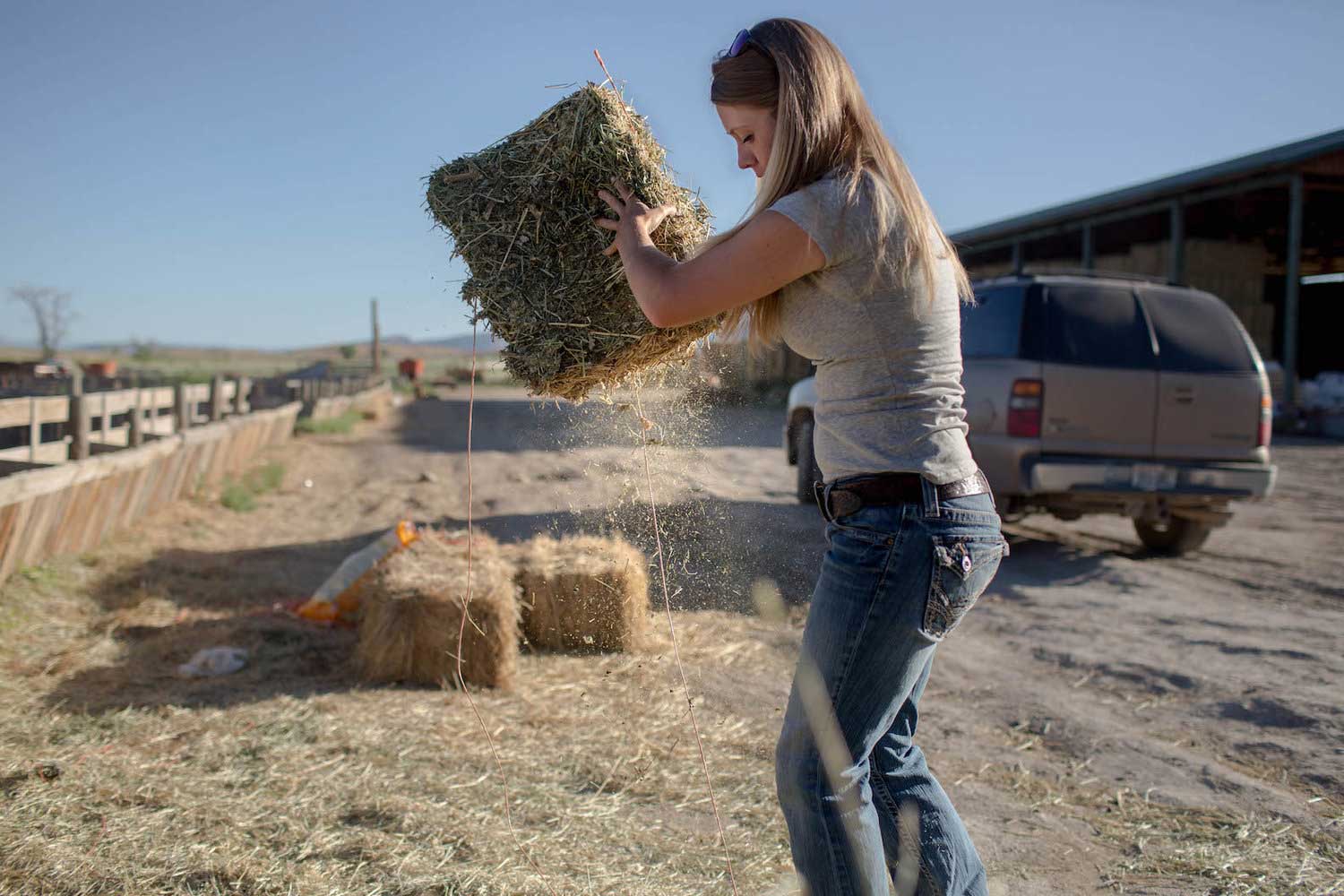
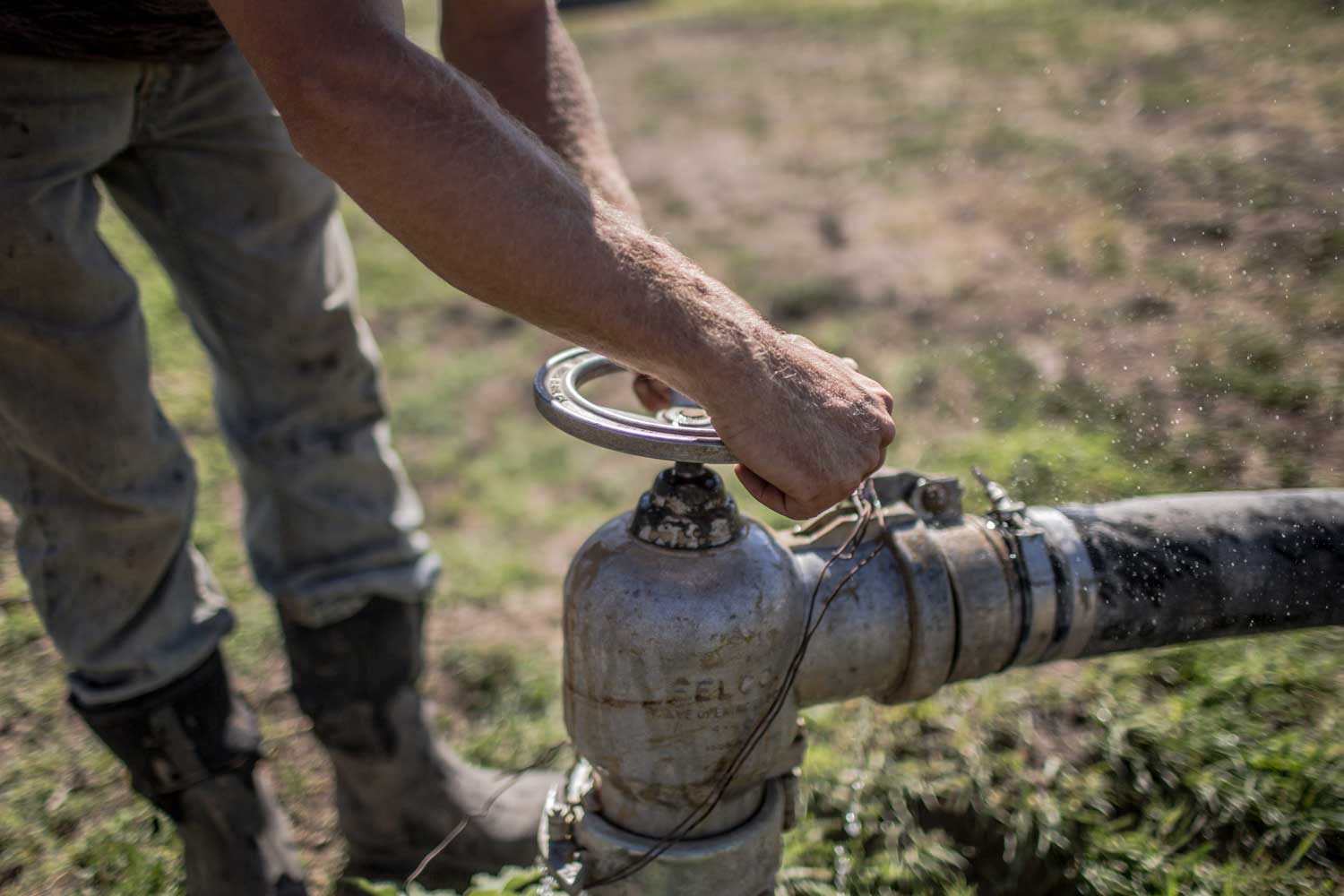
A water right is the right of a user to use water from a water source. This can be a river, stream, pond, or groundwater. When you own a property with water rights in the west, you will be given the right to use water from one of these water sources. You can see how those rights are essential for farmers. The question “Where does our water come from?” is one that doesn’t cross our minds daily when living in a big city. We turn on our faucets and partake in a seemingly limitless supply of clean drinking water. For farmers in the arid West, however, this question is essential.
The question “Where does our water come from?” is one that doesn’t cross our minds daily when living in a big city… For farmers in the arid West, however, this question is essential.
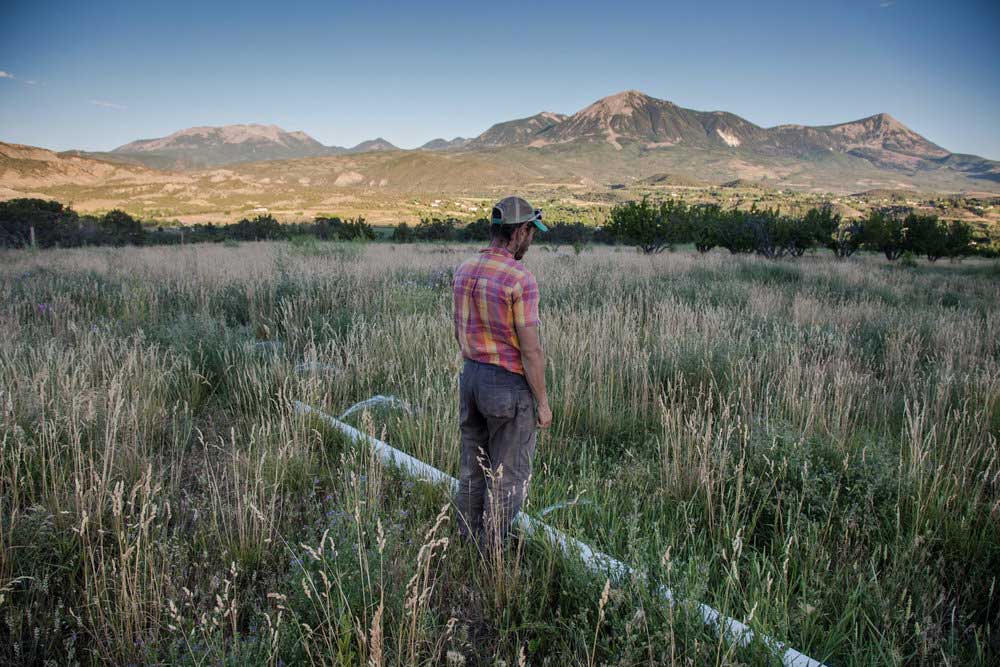
On Red Tractor farm in New Mexico we see dry land everywhere. “I’ve only been farming for five years. In the last three I’ve noticed the effects of climate change so much more. The heat has been getting hotter, longer and more sustained, the rain just isn’t there like it used to be or when it is, it’s too much.” – Casey Holland farms at Red Tractor farm.
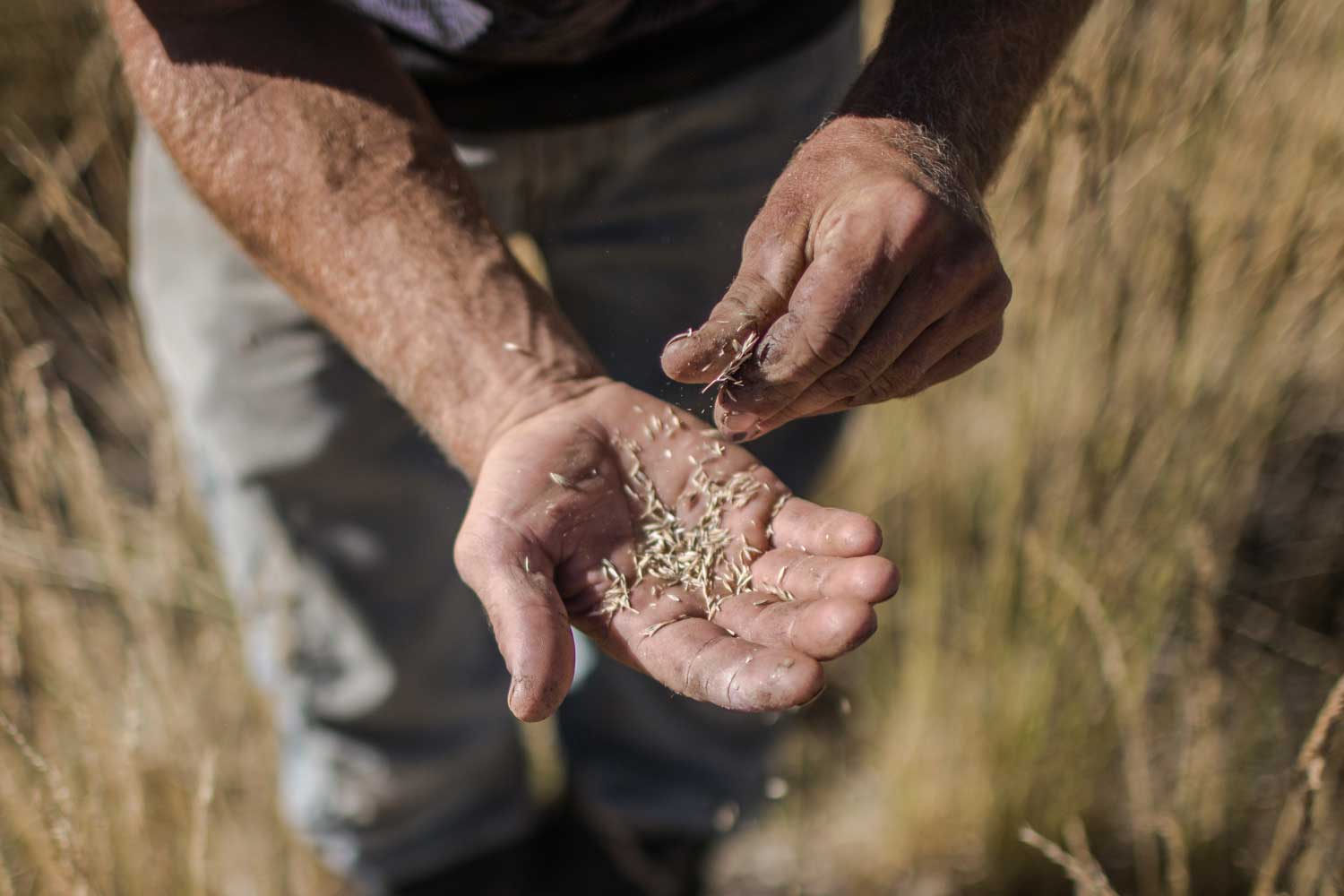
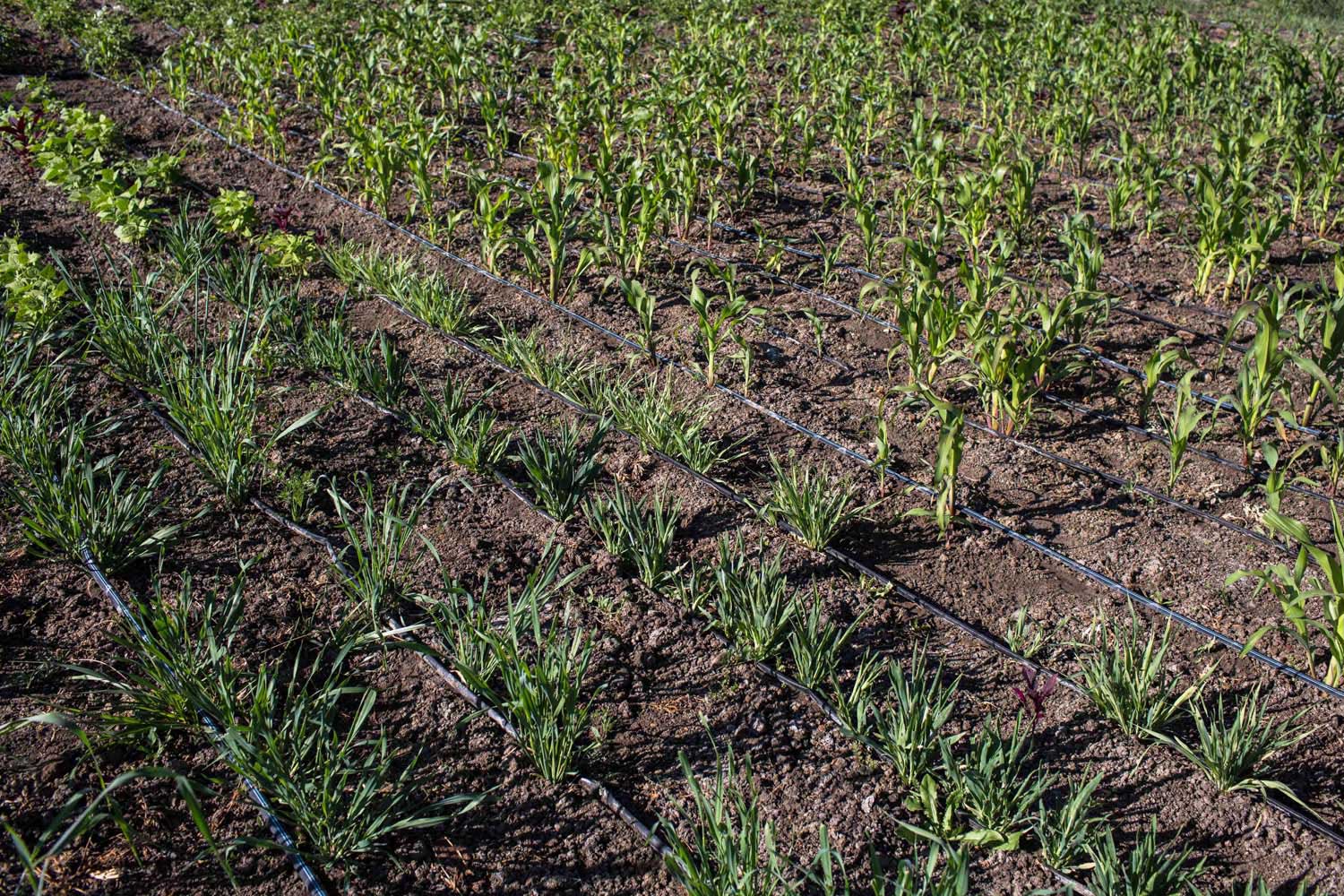
Droughts has been the norm for the past 15 years in the arid West. The majority of young farmers in this region started farming in drought conditions. These young farmers are focused on finding creative solutions to conserve water. “All we can do as farmers in the arid southwest is the best we can.” Casey says. “We conserve was much water as possible, irrigate with the most efficient techniques, save seed to increase drought tolerance in our crops. We hope that the next rain will be longer, deeper, more sustaining.”
We conserve as much water as possible, irrigate with the most efficient techniques, save seed to increase drought tolerance in our crops. We hope the next rain will be longer, deeper, more sustaining.
— Casey Holland
“Despite these difficulties, my commitment to farming in New Mexico remains stronger than ever.” Says Casey “If my comrades and I abandon this place, what will become of the people who have no choice but to stay? The human cost will be high. My community is too important to me – I won’t leave it behind for greener pastures. People have lived here for thousands of years; by staying and struggling. I hope to ensure that we will live here for thousands more.”
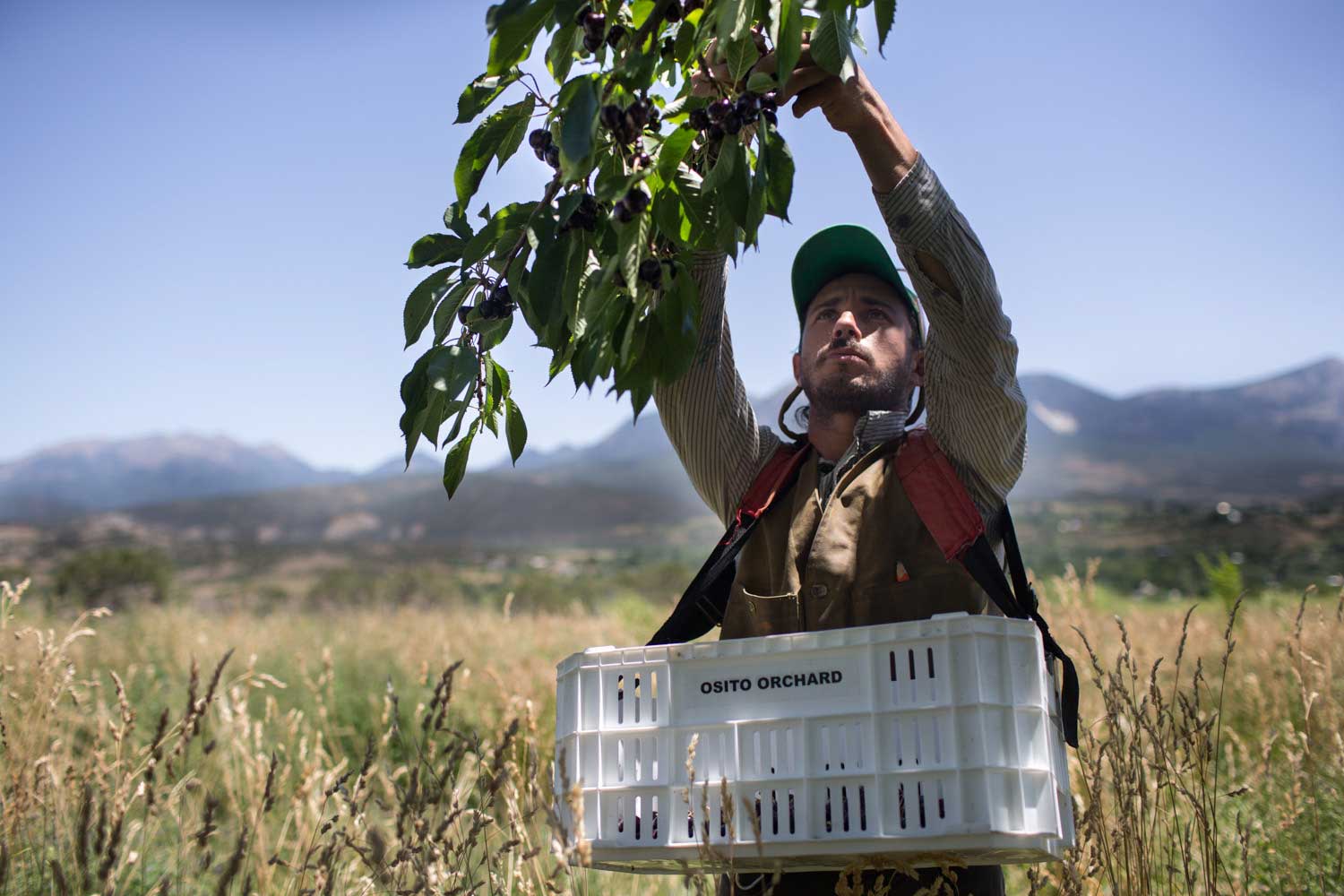
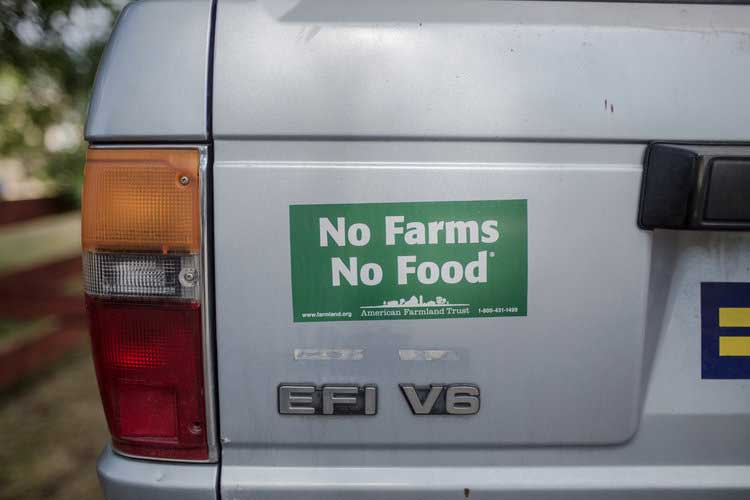
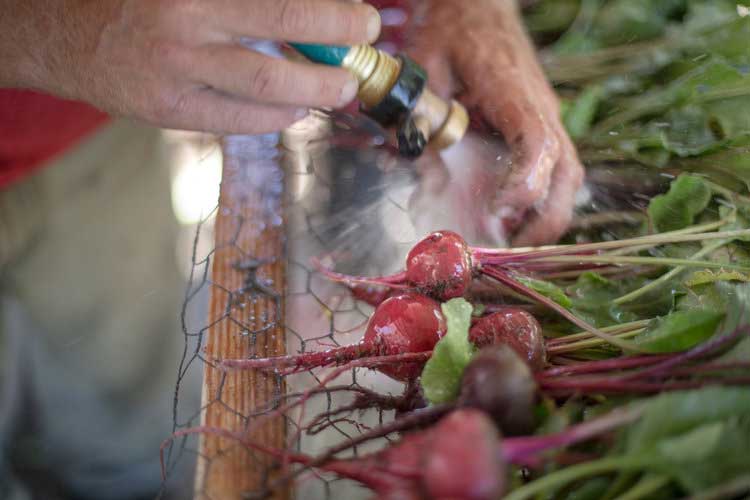
You can help! To support young farmers and help take a stand for our environment there are many simple things you can do: learn more about the growing water crisis the world is facing, talk about climate change with your friends and family, be more aware of the way you use water on a daily basis, pay a visit to your local farmers’ market, talk to organic farmers and ask them about their farming practices, support sustainable farming by buying local organic produce or support an environmental organization.
Don’t forget to speak out, show the government how desperately the public wants to slow down climate change. Regardless of what the next administration does (or refuses to do), global action to slow climate change will continue. They have a choice: invest in the next generation of farmers as allies in finding solutions to water scarcity or continue and risk losing the land, water, and knowledge with which a new generation of producers will grow food and conserve our shared water resources.
For more information, see Eva’s full report for the National Young Farmers Coalition.
(1) NYFC’s new report, Conservation Generation: How Young Farmers And Ranchers Are Essential to Tackling Water Scarcity in the Arid West (2) Considered a property right; the right to use a portion of the public’s surface or groundwater resource under applicable legal procedures. – NYFC, Conservation Generation: How Young Farmers And Ranchers Are Essential to Tackling Water Scarcity in the Arid West
Eva Verbeeck is a photographer and director, whose work focuses on creating environmental awareness. See more of her work on her Website and Instagram.
Be the first to comment